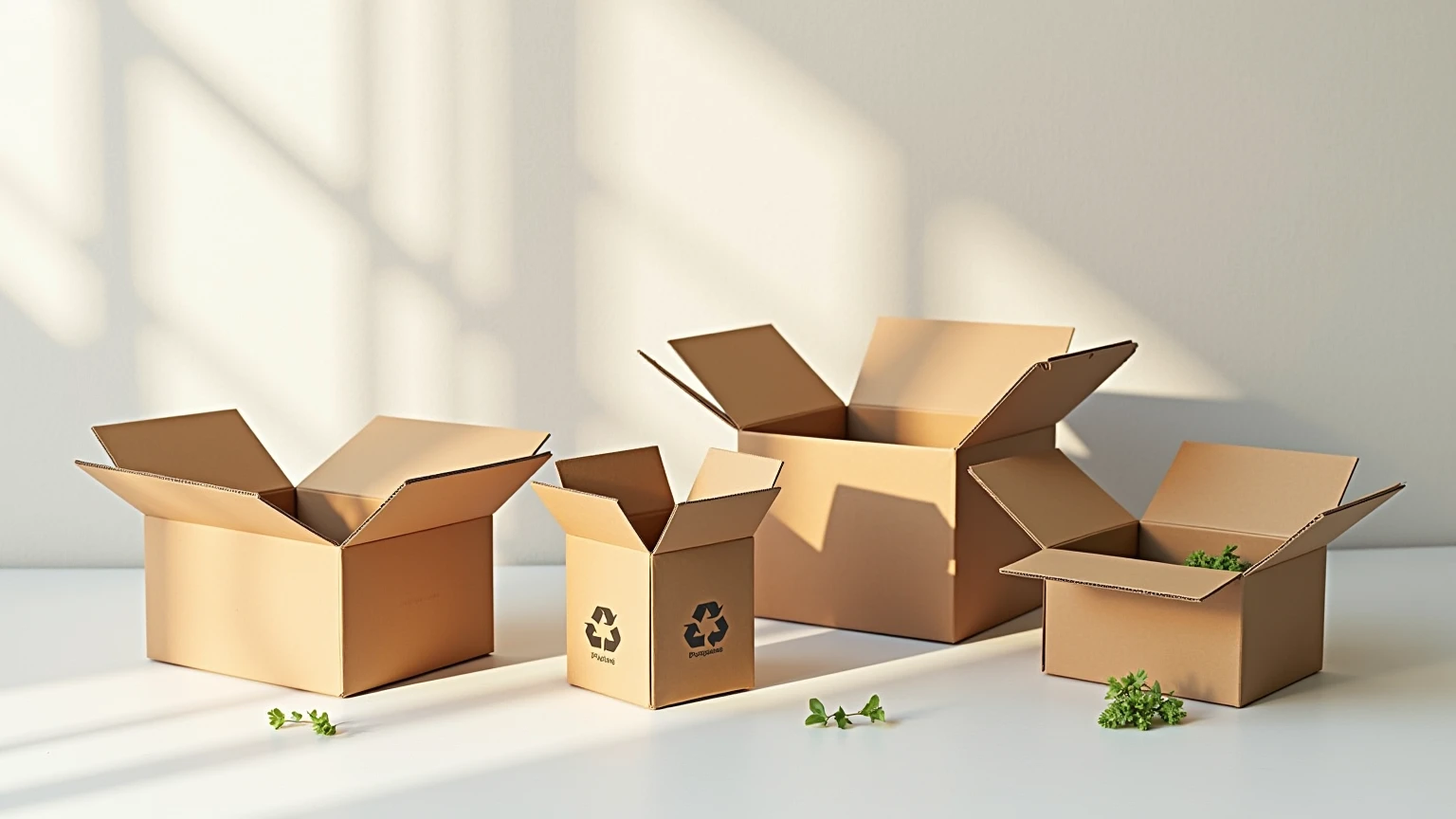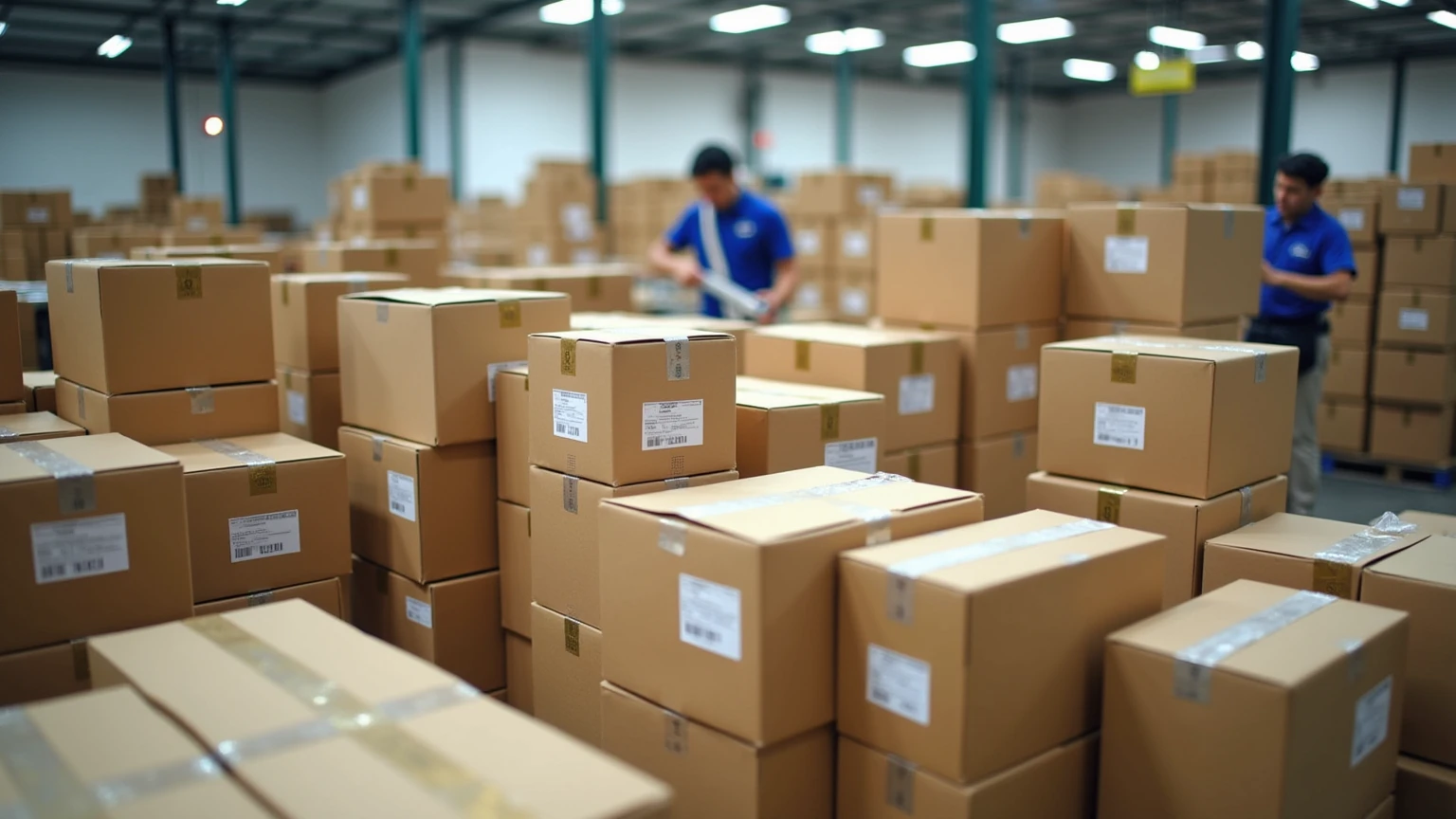Carton boxes are the cornerstone of shipping logistics globally, providing both protection and an efficient means of transport for various products. Their construction comprises multiple materials, primarily cardboard, which is both lightweight and strong. The versatility of these boxes allows for accommodating diverse products—ranging from electronics to textiles—while ensuring their security during transit.
Selecting the correct carton box is crucial for maintaining product integrity. The right box type can prevent damage, minimize shipping costs, and enhance customer satisfaction by ensuring products arrive in excellent condition. Factors such as weight, fragility, and environmental considerations must be assessed to make an informed choice.
The demand for carton boxes is on a significant rise, with the global cardboard container market valued at approximately $180.26 billion in 2025, predicted to reach about $269.19 billion by 2033. A strong push toward eco-friendly alternatives has also fueled the growth in carton box usage, particularly in e-commerce and retail sectors.

Corrugated boxes are largely used in shipping due to their sturdy construction. They consist of a fluted layer sandwiched between two flat linerboards, providing strength and cushioning. These boxes are ideal for shipping heavy items and can be manufactured in various thicknesses for added durability.
Chipboard boxes, made from recycled paper, are lightweight and economical. They are suitable for packaging products such as cereals, cosmetics, and other lightweight items but may not offer the same strength as corrugated boxes.
Kraft paper boxes are known for their strength and biodegradability. They provide an excellent packaging solution for food items, retail products, and fragile goods because they offer a barrier against moisture and air, thereby extending the product's shelf-life.
Rigid boxes are often used for high-end products, such as electronics and luxury items. These boxes are not collapsible, providing superior protection and a premium presentation. Their solid structure lends a sense of quality to the product inside.

When selecting a carton box, consider factors such as:
Understanding the weight capacity of different box types is vital for preventing damages. For example, corrugated boxes are designed to carry heavier loads compared to chipboard boxes, making them more suitable for larger items or bulk shipments.
With growing awareness of environmental sustainability, businesses are increasingly looking toward recyclable and biodegradable options. Corrugated boxes, with an industry recovery rate hovering around 90%, provide an eco-friendly solution that meets consumer demand for sustainable packaging.
The primary materials for carton box construction include paperboard, corrugated fiberboard, and Kraft paper. The selection depends on the desired strength, cost, and environmental impact.
Modern production techniques include die-cutting for custom shapes and flutes, as well as corrugating, which provides added strength and durability. Automating these processes is increasingly common to maintain efficiency and cost-effectiveness.
Quality control plays a significant role in carton box manufacturing. Controlling dimensions, strength, and moisture levels ensures that the boxes meet industry standards and reduce the risk of damage during transport.
As businesses focus more on sustainability, carton manufacturers are pivoting toward using recycled materials and eco-friendly inks. This trend aligns with global initiatives to reduce plastic waste and promote responsible consumption.
E-commerce continues to drive significant demand for carton boxes as more consumers opt for online shopping. This surge is not only pushing the need for standardized packaging solutions but also for customizable options that cater to a variety of goods.
Innovative packaging technologies, such as smart labels and integrated tracking, are redefining carton boxes' roles in shipping. These advancements not only improve operational efficiency but also enhance the overall unboxing experience for customers.
Corrugated boxes are the best choice for shipping heavy goods due to their layered construction, which provides strength and stability.
Yes, chipboard boxes are made from recycled materials and are also recyclable themselves, contributing to a sustainable lifecycle.
Measure the dimensions of your product and select a box that fits snugly to minimize movement during shipping. Ensure to consider additional padding if needed.
Corrugated boxes are more expensive because they are made from multiple layers and processes, giving them superior strength, whereas boxboard is typically cheaper and used for lighter goods.